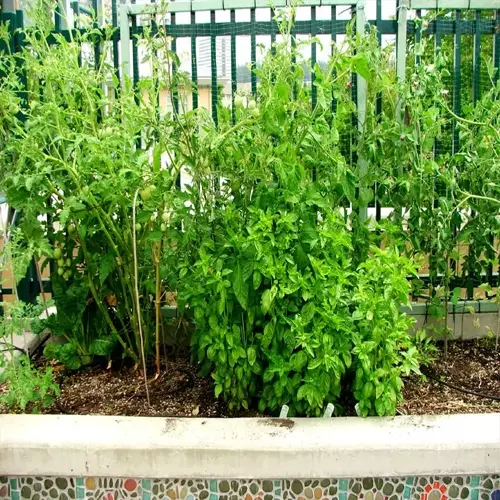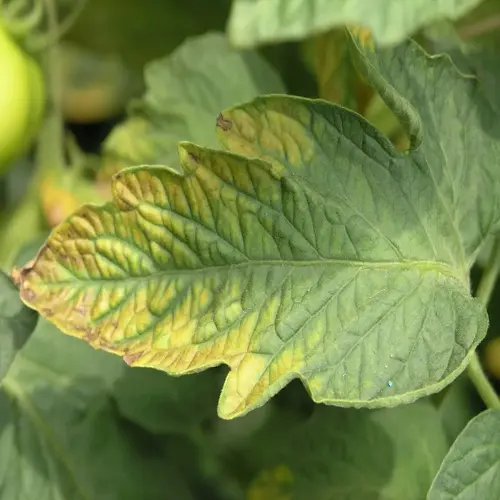Can gardens survive without frequent watering?

Written by
Paul Reynolds
Reviewed by
Prof. Samuel Fitzgerald, Ph.D.Gardening with little watering is possible through good design. Drought-tolerant plants develop deep roots and naturally reach subsoil moisture. I replaced the plants in my yard with native species, which can go weeks without irrigation. With soil building and thoughtful mulching, you can create systems that require only occasional deep irrigation during severe drought situations.
Select plants that are suited to your area's rainfall or moisture profile. Native grasses, such as buffalo grass, only require watering around once a month. Mediterranean herbs, such as rosemary and lavender, thrive in dry soil. My succulent garden used no supplementary water for two seasons. I planted in groups that share a similar water need to create irrigation zones and increase efficiency.
Enhance soil water retention with organic amendments. Applying compost yearly can improve moisture retention. I use coconut coir to add hydration to sandy soil. For clay soils, use gypsum to improve drainage. A soil test should always be conducted before the planting season to inform decisions about amendments.
Amendment Strategies
- Incorporate 3-4 inches of compost before planting
- Use water-absorbing polymers in fast-draining soils
- Plant cover crops during off-seasons to build organic matter
- Apply gypsum to break up heavy clay formations
Maintenance Practices
- Test soil moisture weekly with a probe
- Avoid compaction by not walking on wet soil
- Reapply compost annually around established plants
- Maintain proper pH levels for optimal root function
Use mulch judiciously to conserve moisture. Place 3-4 inches of wood chips around trees and shrubs. I replace my mulch in the spring for continued protection. Gravel mulch is good for succulents, and straw is beneficial for vegetables. Always keep mulch away from plant stems to reduce rot.
Designing gardens by hydrozoning principles. Store high-water plants closer to rain barrels. Drought-tolerant species can be placed in the sun/ well-drained areas. I look at my front garden as sloping in a way that allows rainfall to run to the thirsty plants naturally. If your garden is sloped, terracing the slope will help with runoff retention, as well as maximize rainfall absorption.
These methods should be implemented gradually for the best outcomes. This could begin with only one small section of your garden planted with native species. Amend your existing beds with homemade compost and mulch. With each passing season, your garden will become more resilient to future droughts. These low-water gardens support ecosystems and conserve resources.
Read the full article: 10 Essential Water Conservation Gardening Tips

